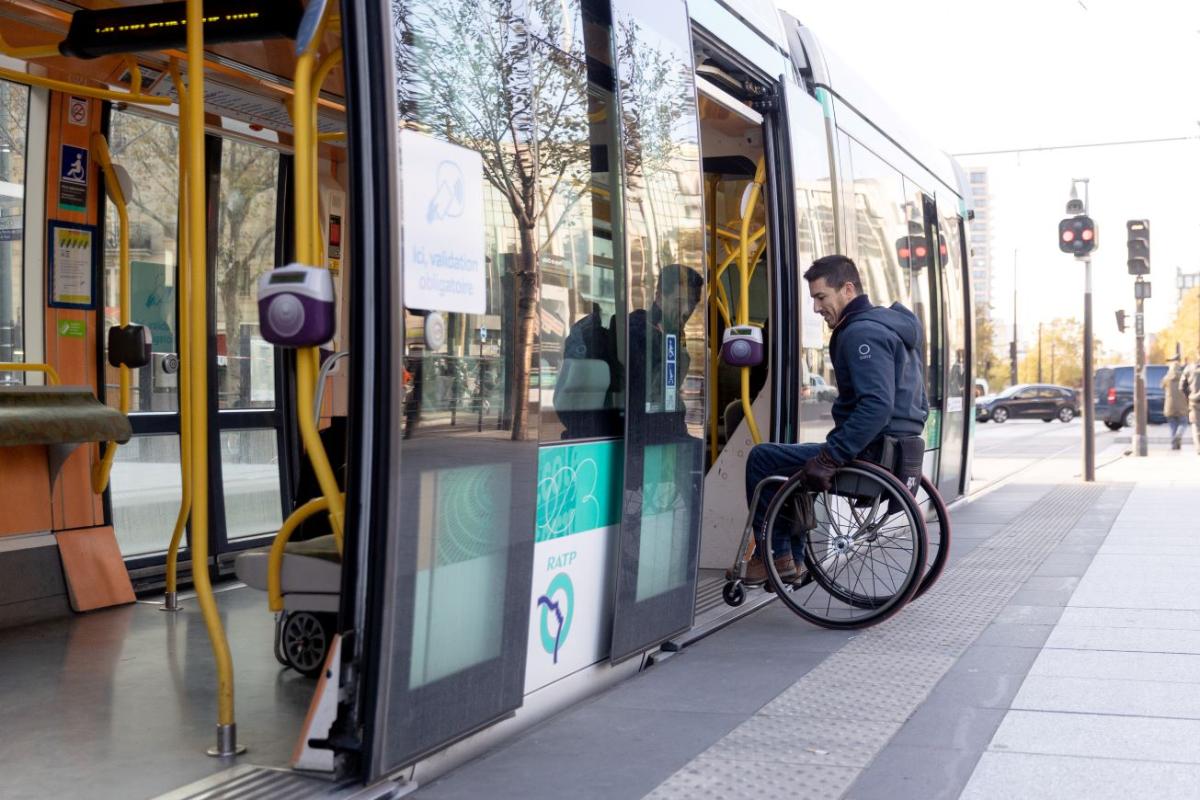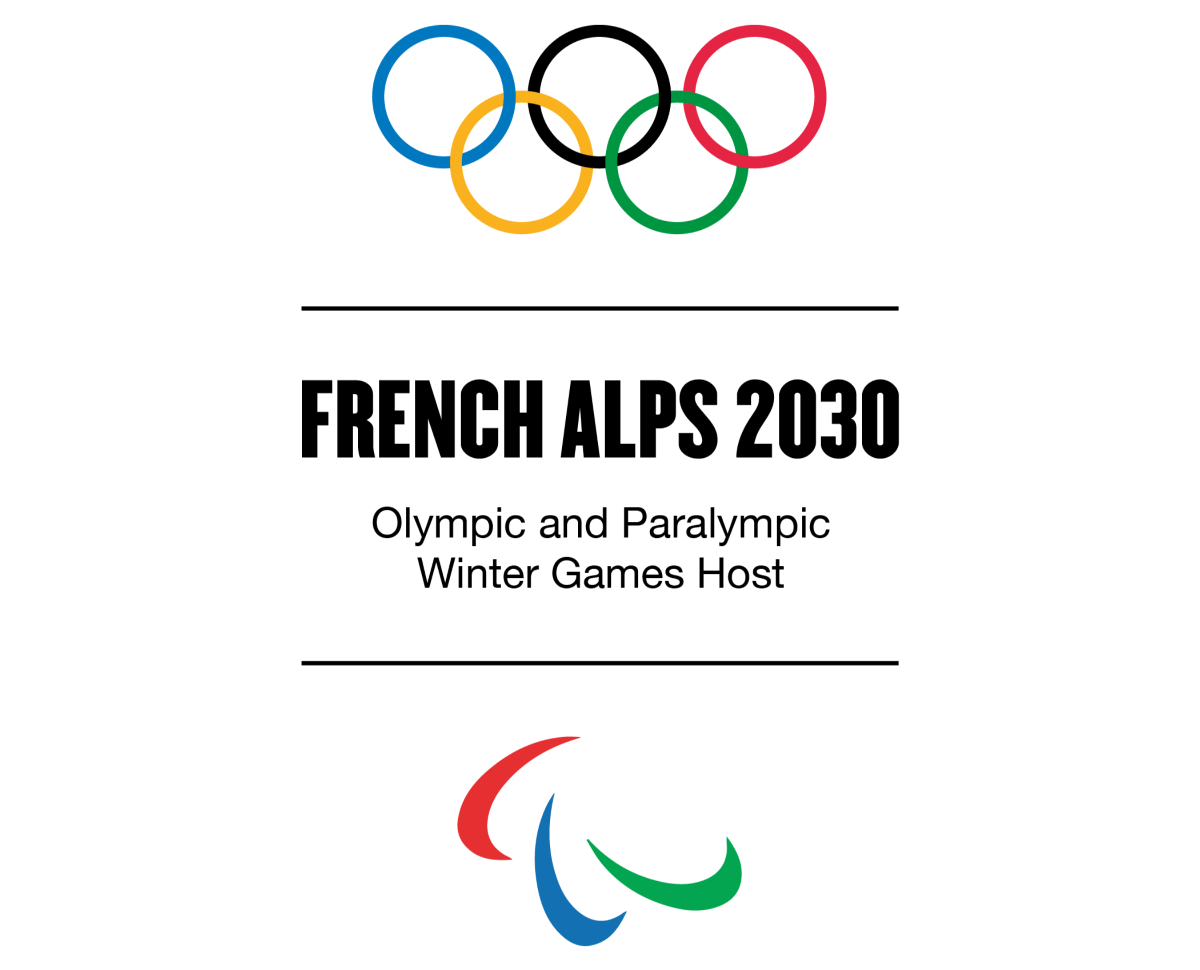One year on: Paralympic Games revolutionising Paris’s transport system
Billions of Euros has been invested so far into making it easier for people to get around the French capital 29 Aug 2025
As the French capital gears-up to celebrate one year on from the start of the “inclusion revolution” and the spectacular Paris 2024 Paralympic Games, it is clear the event had a transformational impact, in particular in the area of public transport.
According to the City of Paris, 350,000 people with a disability visited Paris for the Games, while 185,000 people with a disability each year will benefit from the accessibility improvements to the city that the Games acted as a catalyst for.
Before Paris won the right to stage the 2024 Paralympic Games, the city was not particularly accessible for Parisians or visitors and was especially challenging for persons with disabilities. However, Change Starts with Sport and hosting the world’s third biggest sport event triggered a mammoth investment programme that is continuing to improve accessibility across the city’s vast transport network.
EUR 2.4 billion investment
Since 2016, Île-de-France Mobilités, the governmental authority that controls and co-ordinates the public transport companies operating in Paris and the rest of the Île-de-France, has invested more than EUR 2.4 billion to improve accessibility, comfort and bring ever more independence to people with disabilities in public transport. Across the region, the investment has resulted in:
- 300 stations on the train and RER network are now accessible, up from 137 in 2015. These stations represent 97% of all passenger traffic.
- Among the newly accessible stations is Saint-Denis Station, one of the region’s main stations with 27 million annual passengers, at a cost of EUR 165 million.
- 100 percent of RER A and B stations are accessible – 65 stations are now equipped with 169 elevators and 793 escalators. In the Paris city centre, 100 per cent accessibility has also been achieved at stations on RER D and E.
- 100 percent accessibility has been achieved on the Paris bus and tram network, which includes 59 bus lines, eight tramways and 1,750 accessible bus stops.
- Over 27,000 RATP employees currently accompany passengers with disabilities every day to assist and guide them on their journeys. These employees are trained to recognise various types of disabilities and offer adapted services accordingly.
- Every month two to three stations are made accessible on the Île-de-France Mobilités network.
- All line extensions, all new lines and all new rolling stock are designed to be accessible to all users.
In addition, as a result of hosting the Paralympic Games, there are now four times as many accessible taxis in the French capital with 1,000 now available. The number of accessible parking spaces also increased by 20 percent to 5,400.
Metro for all
While excellent progress has been made facilitating access on above ground transport, making the French capital’s 100-year-old Metro system remains an incredible challenge due to the geography of Paris and urban constraints. At the start of 2025, 29 stations were deemed fully accessible, including 21 on Line 14 which is fully accessible, and eight stations on Line 11. By 2031, 68 additional stations will be added to the accessible Ile-de-France metro.
On the eve of the Paris 2024 Paralympic Games opening, Valérie Pércresse, President of the Il-de-France region, announced the ambitious “Metro for all” project. Estimated to cost EUR 20 billion over 20 years, the objective is to make the historic Paris metro network accessible to all passengers. Since that announcement:
- EUR 1 million was released to finalise the feasibility study for the accessibility of line 6 (first pilot line made accessible).
- EUR 3 million to map the entire metro network and find concrete solutions
- Creation of a “Metro for all” committee with the Region, City of Paris, RATP and the State to work hand-in-hand.
At the beginning of 2025, consultation with associations and transport operators made it possible to refine an action plan before launching the first adaptation works, co-financed by the State, the Île-de-France Region and the City of Paris, under the leadership of Île-de-France Mobilités and the technical design of RATP.










